#mars 1964
Explore tagged Tumblr posts
Text

Vogue Paris mars 1964
Chanel Haute Couture Collection Spring/Summer 1964. Wool tweed and navy and white checkered surah print. The same printed silk surah makes up the blouse, the lining of the jacket and the belt of the skirt. Hairstyle by René Goujean.
Chanel Collection Haute Couture Printemps/Été 1964. Tweed de laine et surah imprimé à carreaux marine et blanc. Le même surah de soie imprimé compose la blouse, la doublure de la veste et la ceinture de la jupe. Coiffure de René Goujean.
Photo Helmut Newton.
#haute couture#french designer#french style#chanel#fashion 60s#mars 1964#spring/summer#printemps/été#helmut newton#vogue paris#vogue cover#couverture de vogue#rené goujean#tweed suit#tailleur chanel#tailleur en tweed
20 notes
·
View notes
Text

A Fighting Man of Mars by Edgar Rice Burroughs (Ballantine, 1964)
#science fiction novel#barsoom#edgar rice burroughs#A Fighting Man of Mars by Edgar Rice Burroughs (Ballantine#1964)#a fighting man of mars
30 notes
·
View notes
Text
Murder, She Wrote ‘Amsterdam Kill’ guest stars

Joseph Maher Known for Sister Act, M*A*S*H, In & Out, My Two Dads, ALF, Great Performances, Moonlighting, Laurie Hill, Mars Attacks, Goode Behaviour. More active on the stage, was nominated for 3 Tonys.

Theodore Bikel A character actor of over 150 credits, including My Fair Lady (1964), Babylon 5, Law & Order, ST:TNG, Dynasty, Trapper John MD, Return of the King (1980), Ironside, Hawaii Five-0, Mission: Impossible, Gunsmoke, The Twilight Zone (1962). He has appeared on MSW 4 times, this is his last appearance.
11.02 Episode aired Oct 16, 1994
#Murder she wrote#murder she wrote guest stars#character actors#Theodore bikel#Joseph maher#My Fair Lady (1964)#Babylon 5#Law & Order#ST:TNG#Dynasty#Trapper John MD#Return of the King (1980)#Ironside#Hawaii Five-0#Mission: Impossible#Gunsmoke#The Twilight Zone (1962)#Sister Act#M*A*S*H#In & Out#My Two Dads#ALF#Great Performances#Moonlighting#Laurie Hill#Mars Attacks#Goode Behaviour
1 note
·
View note
Text



Red Planet Day
Earth dwellers have been fascinated by our next door neighboring planet for many generations. And the NASA space program has been seeking to explore and learn more about it for many decades. This so-called red planet appears in the sky as a slightly red color due to its rusty iron on the surface.
History of Red Planet Day
Red Planet Day is celebrated on November 28 as it commemorates the launch of the Spacecraft Mariner 4 by NASA in 1964, which was the first craft to ever reach Mars. It took almost eight full months for the craft to reach the red planet, finally performing a fly-by on July 14, 1965.
The Mariner 4 spacecraft was designed to gain information in fly-by mode that allowed for planetary exploration and closeup scientific observations of the planet Mars, then transmitting the information back to humans on Earth.
Many things have been learned about Mars in the years since the space program has been able to gather information. For instance, it is now understood that, like Earth, the Red Planet has a terrain that is varied, including canyons, volcanoes, deserts, polar ice caps and seasons.
How to Celebrate Red Planet Day
Have fun celebrating Mars on Red Planet Day by including some of these ideas:
Host a Red Planet Day Party
Grab some friends who are also excited about the solar system and throw a Red Planet Day Party! This could be something for school children who are interested in learning more about the planets, or an adult party that has a space theme. Invite guests to wear NASA themed costumes and serve snacks, like cookies decorated as the different planets or the moon.
For a grown-up party, consider serving some fun space-themed beverages, such as The Cosmonaut, Space Cowboy, Mars Explosion, Lost in Space Martini or the Martian Sunrise Cocktail.
Learn Fun Facts About Mars
Red Planet Day is the perfect time to enjoy learning more and gaining information about this neighboring planet. Gaining bits of trivia is a fun way to share with friends, family or coworkers and use it to raise awareness for the day. For instance, Mars is only about 1/2 the size of Earth!
Get started with some of these fun facts about the Red Planet:
Galileo Galilei was the first person to view Mars by using a telescope. The name of the planet came from the Roman god, which is related to its red appearance.
Mars has weather that is made up of extreme temperatures and, being further away from the Sun, it is generally colder than Earth. Temps can range from -191 degrees F to +81 degrees F.
The gravity on the Red Planet is roughly 1/3 of that of planet Earth. This means that a person who weighed 100 pounds on Earth would only weigh about 38 pounds due to the difference in the pull of gravity.
Because it is further away from the Sun, it takes Mars a lot longer to make its orbit. A ‘year’ on Mars would take around 687 days, which is almost twice the length of a year on Earth.
Source
#Red Planet Day#RedPlanetDay#28 November#Verkehrshaus der Schweiz#Luzern#Lucerne#Swiss Transport Museum#Swiss Museum of Transport#Schweiz#Switzerland#original photography#replica#technology#engineering#tourist attraction#Halle Luft- und Raumfahrt#NASA#Mars-Rover#28 November 1964#60th anniversary#US history
1 note
·
View note
Text





0 notes
Video
youtube
Devil Girl From Mars (1954) Trailer - My next hosted movie and my first hosted SC-FI horror movie. Production of my next episode for this movie starts ASAP at Spooky Hardcore Productions. I can't wait to get started.
0 notes
Text
Mariner program
The Mariner program was conducted by the American space agency NASA to explore other planets. Between 1962 and late 1973, NASA's Jet Propulsion Laboratory (JPL) designed and built 10 robotic interplanetary probes named Mariner to explore the inner Solar System - visiting the planets Venus, Mars and Mercury for the first time, and returning to Venus and Mars for additional close observations.

The program included a number of interplanetary firsts, including the first planetary flyby, the planetary orbiter, and the first gravity assist maneuver. Of the 10 vehicles in the Mariner series, seven were successful, forming the starting point for many subsequent NASA/JPL space probe programs.
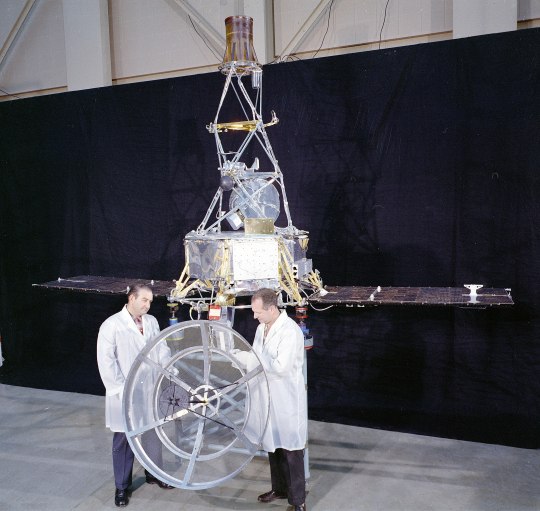
The name of the Mariner program was decided in "May 1960-at the suggestion of Edgar M. Cortright" to have the "planetary mission probes ... patterned after nautical terms, to convey 'the impression of travel to great distances and remote lands.'" That "decision was the basis for naming Mariner, Ranger, Surveyor, and Viking probes."
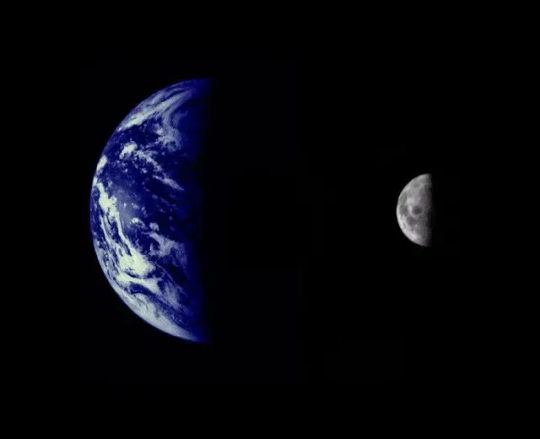
Each spacecraft was to carry solar panels that would be pointed toward the Sun and a dish antenna that would be pointed at Earth. Each would also carry a host of scientific instruments. Some of the instruments, such as cameras, would need to be pointed at the target body it was studying. Other instruments were non-directional and studied phenomena such as magnetic fields and charged particles. JPL engineers proposed to make the Mariners "three-axis-stabilized," meaning that unlike other space probes they would not spin.

Mariner 1 and Mariner 2
Mariner 1 and Mariner 2 were two deep-space probes making up NASA's Mariner-R project. The primary goal of the project was to develop and launch two spacecraft sequentially to the near vicinity of Venus, receive communications from the spacecraft and to perform radiometric temperature measurements of the planet. A secondary objective was to make interplanetary magnetic field and/or particle measurements on the way to, and in the vicinity of, Venus.

Animation of Mariner 2's trajectory from August 27, 1962, to December 31, 1962. Mariner 2 · Venus · Earth.
Mariners 3 and 4
Sisterships Mariner 3 and Mariner 4 were Mars flyby missions.
Mariner 3 was launched on November 5, 1964, but the shroud encasing the spacecraft atop its rocket failed to open properly and Mariner 3 did not get to Mars.
Mariner 4, launched on November 28, 1964, was the first successful flyby of the planet Mars and gave the first glimpse of Mars at close range
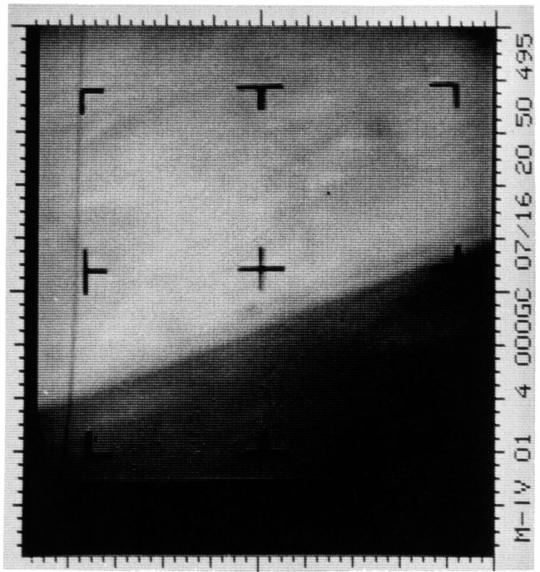
This archival image is an enhanced contrast version of the first Mars photograph released on July 15, 1965. This is man's first close-up photograph of another planet -- a photographic representation of digital data radioed from Mars by the Mariner 4 spacecraft. Data was either sent to Earth immediately for acquisition or stored on an onboard tape recorder for later transmission.
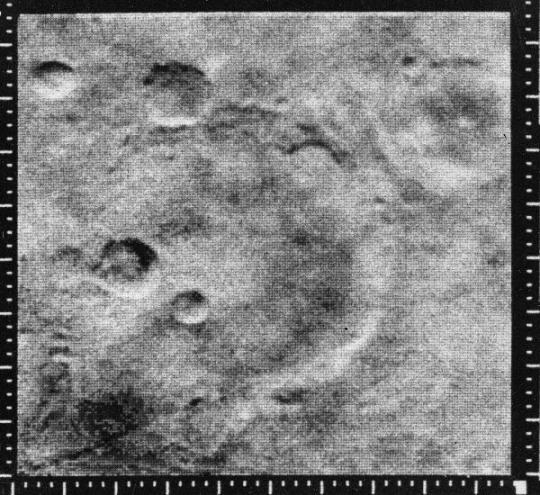
The pictures, played back from a small tape recorder over a long period, showed lunar-type impact craters (just beginning to be photographed at close range from the Moon), some of them touched with frost in the chill Martian evening.
Mariner 5
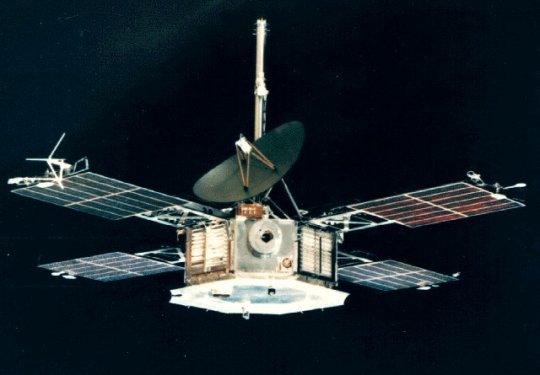
The Mariner 5 spacecraft was launched to Venus on June 14, 1967, and arrived in the vicinity of the planet in October 1967. It carried a complement of experiments to probe Venus' atmosphere with radio waves, scan its brightness in ultraviolet light, and sample the solar particles and magnetic field fluctuations above the planet.
Mariners 6 and 7
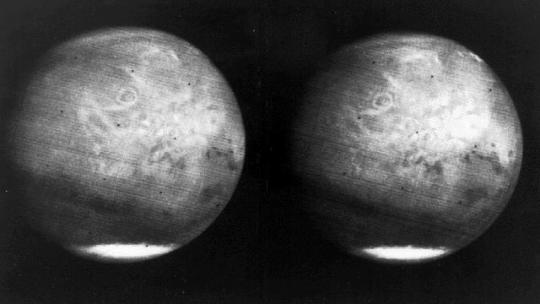
Mariners 6 and 7 were identical teammates in a two-spacecraft mission to Mars. Mariner 6 was launched on February 24, 1969, followed by Mariner 7 on March 21, 1969. They flew over the equator and southern hemisphere of the planet Mars.
Mariners 8 and 9

Mariner 8 and Mariner 9 were identical sister craft designed to map the Martian surface simultaneously, but Mariner 8 was lost in a launch vehicle failure. Mariner 9 was launched in May 1971 and became the first artificial satellite of Mars.
Mariner 10
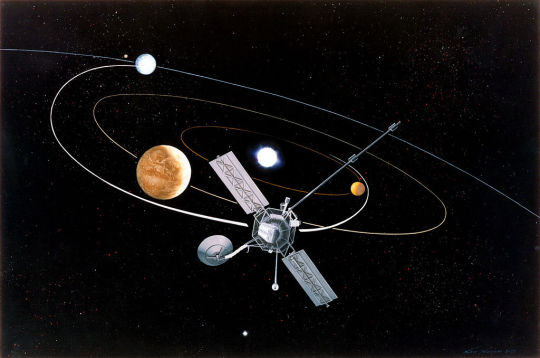
The Mariner 10 spacecraft launched on November 3, 1973, and was the first to use a gravity assist trajectory, accelerating as it entered the gravitational influence of Venus, then being flung by the planet's gravity onto a slightly different course to reach Mercury. It was also the first spacecraft to encounter two planets at close range, and for 33 years the only spacecraft to photograph Mercury in closeup.

Venus in real colors, processed from clear and blue filtered Mariner 10 images
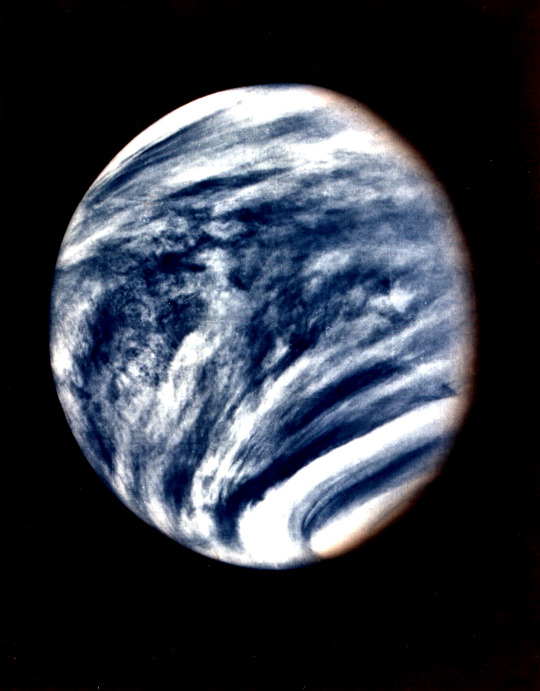
Mariner 10's photograph of Venus in ultraviolet light (photo color-enhanced to simulate Venus's natural color as the human eye would see it)
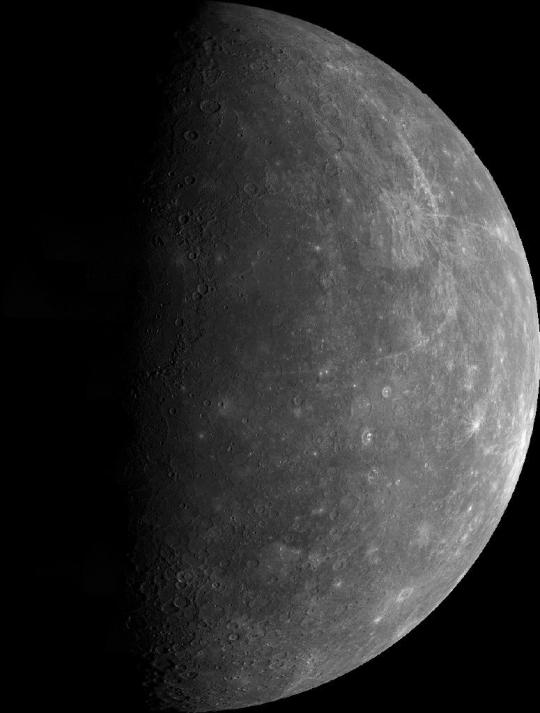
This mosaic shows the planet Mercury as seen by Mariner 10 as it sped away from the planet on March 29, 1974.
source x, x | images x
#mercurio#mercury#venus#mars#marte#astronomy#astronomia#space#solarsystem#sistemasolar#universe#universo#mariner#mission#space exploration
261 notes
·
View notes
Text
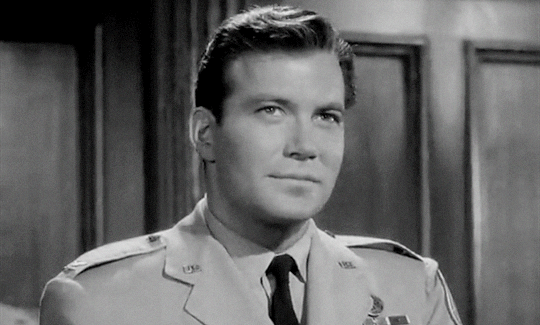
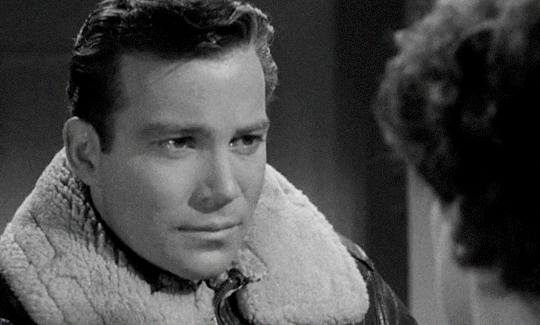

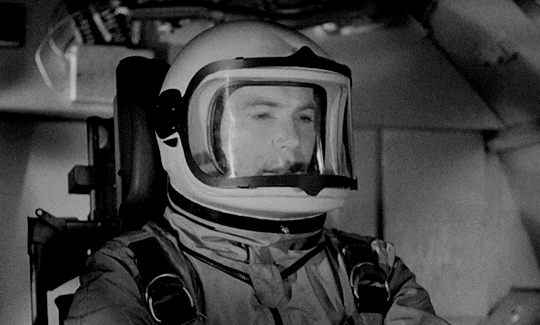
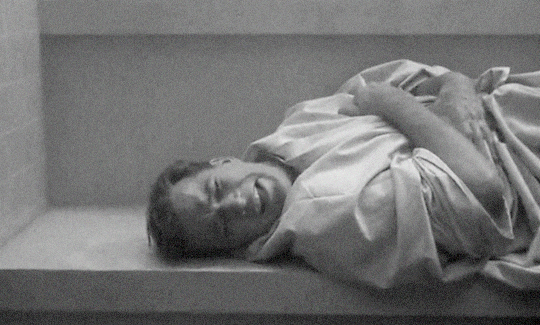
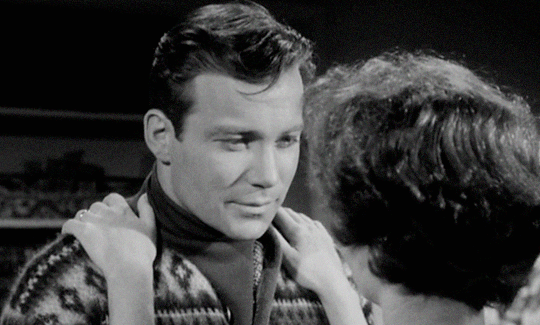


Now that we’ve been able to orbit Venus, we’re a lot closer to our ultimate goal, Mars—the next stage of Project Vulcan.
WILLIAM SHATNER as Colonel Jeff Martin in The Outer Limits: “Cold Hands, Warm Heart” (1964)
#william shatner#the outer limits#outer limits#retrotvblr#retro#vintage#tvedit#scifi#scifiedit#retro scifi#science fiction#retro science fiction#classic tv#classic television#televisongifs#there will be one for leonard's episode(s) too!#his stupid perfect face wah#i will never be over the fact that it's PROJECT VULCAN#project v u l c a n#don't tell me gene roddenberry wasn't watching
466 notes
·
View notes
Text


Anne Harriet Fish (1890-1964), ''La Vie Parisienne'', February & August 1924 Advertisements for Adbulla Cigarettes. Fish had a wonderful style that was sometimes marred by questionable depictions of race.
#Anne Harriet Fish#british artists#cartoonists#la vie parisienne#art deco#vintage advertising#vintage illustration#Adbulla Cigarettes
33 notes
·
View notes
Text

Man's Action Mar 1964
John Duillo
80 notes
·
View notes
Text

Blackbird pilot tells why the SR-71 could fly at Mach 3.55 so long as 427C weren’t exceeded
The Blackbird
The SR-71, unofficially known as the “Blackbird,” was a long-range, Mach 3+, strategic reconnaissance aircraft developed from the Lockheed A-12 and YF-12A aircraft.
T-shirts Habubrats 2
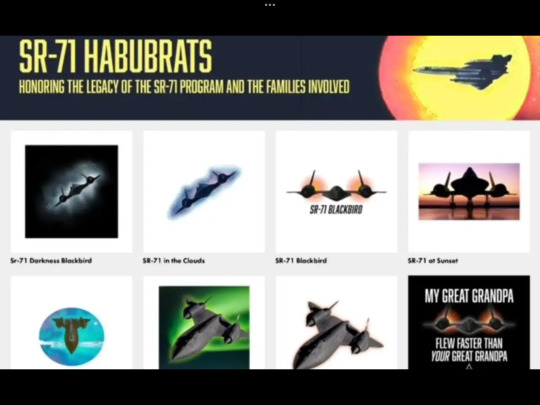
CLICK HERE to see The Aviation Geek Club contributor Linda Sheffield’s T-shirt designs! Linda has a personal relationship with the SR-71 because her father Butch Sheffield flew the Blackbird from test flight in 1965 until 1973. Butch’s Granddaughter’s Lisa Burroughs and Susan Miller are graphic designers. They designed most of the merchandise that is for sale on Threadless. A percentage of the profits go to Flight Test Museum at Edwards Air Force Base. This nonprofit charity is personal to the Sheffield family because they are raising money to house SR-71, #955. This was the first Blackbird that Butch Sheffield flew on Oct. 4, 1965.
The first flight of an SR-71 took place on Dec. 22, 1964, and the first SR-71 to enter service was delivered to the 4200th (later 9th) Strategic Reconnaissance Wing at Beale Air Force Base, Calif., in January 1966.
The Blackbird was in a different category from anything that had come before. “Everything had to be invented. Everything,” Skunk Works legendary aircraft designer Kelly Johnson recalled in an interesting article appeared on Lockheed Martin website.
The SR-71 could fly at Mach 3.55
Today there are many rumors about just how fast the SR-71 could go. The J58 engine temperature limited the top speed. The speed limit for the airplane ironically had nothing to do with the airframe; it had to do with the engines. Right in front of the engine compressor was a temperature probe that reported the temperature to the pilot; when the temperature was around 427C, 800 degrees Fahrenheit, that’s as fast as they were allowed to go.
However, a cold blast from frigid weather could make a difference in reducing the temperature. This would enable the airframe to go faster without harming the engines.
David Peters, former SR-71 Blackbird pilot, explained to me;
Blackbird pilot tells why the SR-71 could fly at Mach 3.55 so long as 427C weren’t exceeded

This print is available in multiple sizes from AircraftProfilePrints.com – CLICK HERE TO GET YOURS. Dawn at 80.000ft – SR-71 Blackbird
‘A little clarification on the speed thing. You are absolutely correct on the 427C. The issue is that I have been limited to less than Mach 3 on a few occasions because the outside air temperature was quite above standard and 427C came up at about 2.95. On other occasions like the Murmansk deal I got above 3.4 (3.49 on the one occasion) and wasn’t close to 427C. The actual limiting airspeed is around 3.55 that is where the spike being at full retraction loses the intercept on the shock wave and can no longer position it correctly in the inlet. ‘Also the overflow of the shock starts to go over the wing and interfere with the flight controls. So the limiting speed as configured would be about 3.55 so long as you don’t exceed 427C.’
Mike Relja, who worked on in with the SR-71‘s for over 30 years, added;
‘I don’t know of any warranty that P&W had or any other parts manufacturer for that matter.
Don’t exceed 427C
‘On the March 6th [Mar. 6, 1990] speed run Ed Yeilding stated that Don Emmons gave them permission to fly the max limit of 3.3 M, they asked Lockheed if they could exceed that number and Lockheed said no if the aircraft had an unstart above 3.3 it may go out of control and come apart hard to keep the pointy end forward. Also, no fuel flow limits established above 3.3 M were ever tested.
‘P&W did give them clearance to exceed 427 CIT for 30 minutes to a limit of 450 CIT but that wasn’t needed they stayed at the book limit of 427 CIT.’*
The engines maker Pratt & Whitney would not warrant or guarantee anything beyond 427; after that, all bets are off the engine could come unglued or you could shed turbine blades. The SR-71 crewmembers were too responsible to risk and exceeded the temperature limit. They wanted to keep the warranty on the engines, the J58’s.
*SR-71 pilot Ed Yeilding (who along with JT Vida as RSO flew the Blackbird during the speed run of Mar. 6, 1990) told me that another reason they didn’t exceed 3.2 is that they were afraid they’d run out of gas before they got to Dullas airport.
Be sure to check out Linda Sheffield Miller (Col Richard (Butch) Sheffield’s daughter, Col. Sheffield was an SR-71 Reconnaissance Systems Officer) Twitter X Page Habubrats SR-71, Instagram Page SR71Habubrats and Facebook Page Born into the Wilde Blue Yonder Habubrats for awesome Blackbird’s photos and stories.
Blackbird pilot tells why the SR-71 could fly at Mach 3.55 so long as 427C weren’t exceeded
@Habubrats71 via X
#sr71#sr 71#sr 71 blackbird#aircraft#usaf#lockheed aviation#mach3+#habu#aviation#reconnaissance#cold war aircraft#aviation military#aviation military pics#military aircraft#military aviation
40 notes
·
View notes
Text

Paul Mantee in "Robinson Crusoe on Mars" (1964)
18 notes
·
View notes
Text
End of month update - March (+ April 1st)
Hello, all! Sorry that this update is a day late, I didn't get around to posting it yesterday.
This is the end-of-month update, where I post Tumblr’s current top four films that have received the highest percentage of “yes,” “no,” and “haven’t even heard of this movie” votes.
As of today, the top four films with the highest percentage of “yes” votes are:
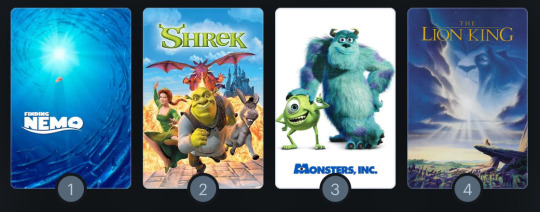
Finding Nemo (2003) | Shrek (2001) | Monsters, Inc. (2001) | The Lion King (1994)
Next, the top four films with the highest percentage of “no” votes are:
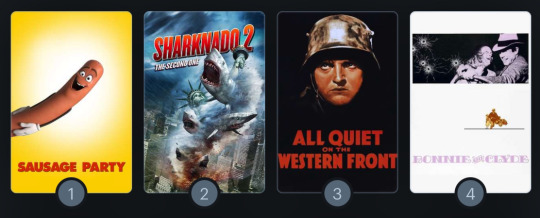
Sausage Party (2016) | Sharknado 2: The Second One (2014) | All Quiet on the Western Front (1930) | Bonnie and Clyde (1967)
This top four changed through the new additions of Sausage Party (2016) and All Quiet on the Western Front (1930), which replaced Sharknado 3: Oh Hell No! (2015) and Scarface (1983).
Finally, the top four films with the highest percentage of “haven’t even heard of this movie” votes are:

Monica and Friends: Bonds (2019) | Monsturd (2003) | Heroic Losers (2019) | Death Trance (2005)
This top four changed through the new additions of Monsturd (2003) and Death Trance (2005), which replaced Mahana (2016) and Capernaum (2018)
Currently, The Incredibles (2004) is the still only film to receive absolutely zero “haven’t heard of this” votes.
That’s it for March’s end-of-month update! Remember that you can view last month’s update by clicking here. Additionally, you can view the full ranked Letterboxd lists of movies that have come up on this blog by clicking the following links:
This list is ranked from highest-to-lowest percentage of “yes” votes.
This list is ranked from highest-to-lowest percentage of “no” votes.
This list is ranked from highest-to-lowest percentage of “haven’t even heard of this movie” votes.
Remember to vote on the polls that are currently running: Jane Eyre (2011) | Lady Macbeth (2016) | The Water Diviner (2014) | Thoroughbreds (2017) | Suspiria (2018) | Closely Watched Trains (1966) | Atonement (2007) | The Official Story (1985) | Fright Night (1985) | Ernest & Celestine (2012) | Central Station (1998) | The Hitcher (1986) | The Company of Wolves (1984) | Predestination (2014) | Lemony Snicket's A Series of Unfortunate Events (2004) | This Is England (2006) | Crimson Peak (2015) | The Love Witch (2016) | Lost in Translation (2003) | Romeo + Juliet (1996) | Santa Claus (1959) | Tokyo Drifter (1966) | A Fistful of Dollars (1964) | Brain Damage (1988) | Society (1989) | Watership Down (1978) | Frankenhooker (1990) | Mars Attacks! (1996) | Super 8 (2011) | Goosebumps (2015) | Goncharov (1973) | The Hunchback of Notre Dame (1996) | The Secret of Moonacre (2008) | Coraline (2009) | The Nightmare Before Christmas (1993)
85 notes
·
View notes
Text

'Gulliver Of Mars' by Frank Frazetta.
Cover art for the 1964 paperback edition of the novel 'Gulliver Of Mars', written by Edwin L Arnold.
#Art Of The Day#Art#AOTD#Frazetta#Frank Frazetta#Frazetta Friday#Gulliver of Mars#Edwin Arnold#Books#Book Cover#Book Cover Art#Cover Art#Sci-Fi#Science Fiction#SFF
103 notes
·
View notes
Text
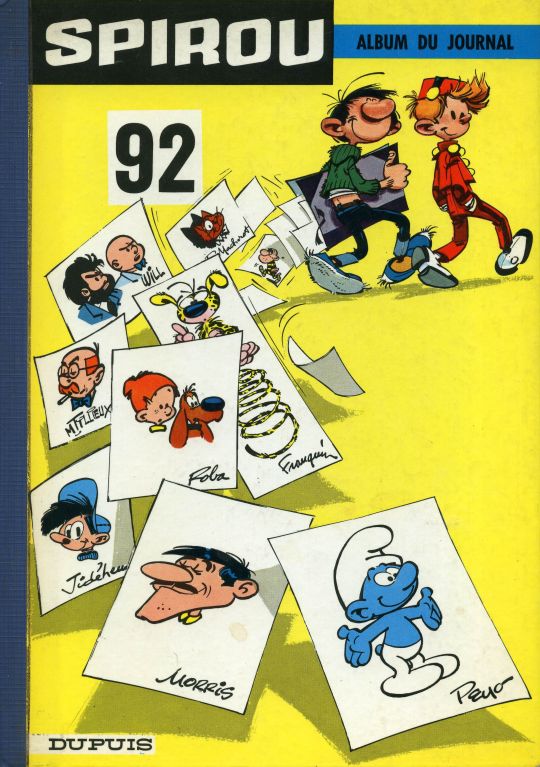
Recueil contenant les numéros 1342 à 1354 du 2 janvier 1964 au 26 mars 1964
#1960s#1964#andré franquin#spirou#peyo#les schtroumpfs#morris#lucky luke#jidéhem#starter#roba#boule et bill#maurice tillieux#jules crouton#marsupilami#tif et tondu#will#bob#chaminou#raymond macherot#maurice rosy#paul deliège#gaston lagaffe
36 notes
·
View notes
Text
I’ve seen a few people do this poll, so I figured I’d give it a try!
35 notes
·
View notes